Recipe, pages 68-71.
Continued from ENGLISH PEAS, Tofu, Ham, Pillow of Lavender Air (Part 1)
Day Two (Friday)
First thing I did this morning was to take a trip to Specialty Produce for some fresh gooseberries, yellow pea shoots, and a bottle of yuzu. It’s in a warehouse district, close by the airport and military bases. You have to know where to get in, as the doors are unmarked.
But once you’re in, you’re rubbing shoulders with hurried, very-determined looking folks in chef’s clothes and busy, busy produce workers.
So I got the goods and got outta there.
Soy Milk (Continued)
The next morning, the soybeans had indeed soaked up much water.
I drained the soybeans and put them in the blender with some water, and puréed for a few minutes until smooth.
Then transferred to a medium saucepan and brought to a boil. Be careful of it at this stage — it’ll foam up. I made sure to constantly whisk, so it wouldn’t burn.
I reduced the heat to a simmer. The recipe book says to skim away the foam on top. But mine was all foam. So I just skimmed a bit. Then strained through a chinois, and refrigerated.
Ingredients
Reserved, soaked soybeans
Water
Yuba
I can’t remember ever having yuba, or fried tofu skin. That’s how culinarily inexperienced I’m finding myself to really be. Closest thing was driving through Yuba City.
But after making it from scratch, drying it out, frying it until it puffed up, and tasting it — I decided I really liked it! You will too, I’m sure. And it’s so easy to make.
I heated some soy milk in a saucepan on low heat until the surface started to form a dry “skin.” This is the yuba, or tofu skin. The shallower and wider the pan, the larger skin you can get. You also want to gauge your heat carefully. No boiling — it disrupts the surface — just low heat.
It takes anywhere from 6-8 minutes to form a thick enough skin to extract. Skimming it too soon results in a mushy skin that falls apart as you lift it. Using chopsticks (a trick I learned from watching Chef Masaharu Morimoto on Iron Chef), I loosened the skins from around the circumference of the pan, then lifted each out carefully.
I set them in individual piles to dry on a prepared sheet tray on which I’d placed a sheet of parchment.
After they had dried, I reserved in an airtight plastic container.
Ingredients
Reserved soy milk
And a little patience
Lavender Tofu
I was talking to some parents at my son’s dojo one morning and said I wanted to make my own tofu. I asked if anyone had done it before. But all I got was the “are you crazy?” stare, which is getting to be a very commonplace occurance during this project. Asked one, “why don’t you just buy it?”
So how do you make tofu? After doing a little research, I found it’s pretty darn easy, actually. There are several very informative websites all about making your own tofu.
All you really need is soy milk, and something to curdle it. Most often, Japanese nigari, (???) a mix of magnesium chloride and other elements, is used. Nigari is sold in powdered and liquid form. In Chinese, it is lushui (??).
The Alinea recipe calls for powdered, which you dilute with water (five parts water to one part nigari). I found a bottle of liquid at my local Mitsuwa Marketplace.
You can also use epsom salts or lemon juice to curdle the milk, although they will impart salt and lemon tastes respectively. Nigari has most of the salt (sodium chloride) removed, thus making the resulting tofu more neutral in taste.
I tied up some dried lavender flowers (from my garden) in cheesecloth with kitchen twine.
Realized I didn’t need the water, since I was using liquid nigari. Duh. Then in a medium saucepan, brought the soy milk to a simmer.
Removed from heat and added the lavender sachet and nigari.
It started to coagulate. The curds and whey separate as the milk curdles…
I covered it and stored on a kitchen counter.
The Sandra Lee Cheat
If you don’t want to go to the trouble of making your own tofu, here’s a cheat…Buy a container of soy milk. Bring some to a simmer, add your lavender sachet, and let steep overnight. The next morning, remove the sachet, blend a package of plain soft (or, silken) tofu in the blender and add some lavender-flavored soy milk.
And there ya go.
I did both, and the cheat came out better. The home-made tofu had too strong a lavender taste. In the second batch, I used bottled dried lavender. Not as harsh tasting.
I’m still going to experiment with this though.
Ingredients
Reserved soy milk
Dried lavender flowers
Nigari
Water (if using powdered nigari)
Blanched Peas
I love my North Park Produce. I can always find great produce at a very reasonable price. The English peas were very fresh and huge. That’s one reason to use the English over sugar, or snap, peas. I suppose if you had to, you could even — heaven forbid — use frozen peas in this recipe. But where’s the fun in that?
So I had this big bag of English peas, and had to shuck ’em outta their pods. Fresh peas are kinda interesting. The peas, or seeds, are connected to the interior of their pods like babies in a womb. You can eat them raw, and the pods if you want. But they’re not as sweet as the “sugar” snap peas. That’s one reason why we’ll add some sugar — in addition to the salt — to the blanching pot.
Then I had a bunch ready to be blanched.
I let that large pot of water, salt and sugar come to a boil. Then blanched the peas for a minute or two, until they turned a brighter shade of green.
Then removed them and “shocked” them in a stainless bowl of ice water. Drained and reserved. To learn more, read my previous post, or this in-depth article on big pot blanching.
Ingredients
Pot of boiling water
Diamond Crystal kosher salt
365 Organic sugar, from Whole Foods
Fresh English peas, shelled, from North Park Produce
Ham Dice and Slices
I bought a slab of smoked ham at my local Asian market for this. I like the rich smoky flavor of their Virginia “picnic” ham. But you could use a package of Hormel cubed ham and another package of thin “deli sliced” ham from your local grocers.
I removed the bones and fat, and reserved for the ham nage. Then I cut some of the trimmed meat up in one-eighth inch dice, and reserved in a plastic container. Then cut a four-inch square slab for the slices. I don’t have a meat slicer. I tried the mandolin and the truffle slicers. Not quite good enough. So I ended up slicing it up by hand with my big kitchen knife. I used these slices for the first go-around. Second time I made this, I tried the pre-sliced “deli style,” and it was much nicer than the thick slabs I sliced…
I’d suggest getting your butcher to slice some up for you as thin as they can, or use thinly sliced prosciutto, if you don’t mind it adding a little extra salt to the final taste. I had some from Assenti’s in Little Italy. Yummy.
Ingredients
Slab smoked Virginia “picnic” ham
Ham Nage
Well, right off the bat, I gotta tell ya it’s not “nah-gay”. It’s not a fancy Japanese term. No. Nage (“nah-zh”) is a fancy cooking term for “broth,” inspired from the French nager (or “nah-zhair,” to swim). Traditional nage are seafood broths, in which a seafood is ultimately served. So this term, ham nage, is appropriate in that the ham is used in the “broth,” and served with it in the end…
I cut up the ham scraps (from above) and sautéed over low heat until the fat rendered out.
Then I added the soy milk, brought it to a simmer, removed from the heat, and let cool for half an hour.
Then strained into a plastic container and reserved for later. We’ll use this frothed up later. I didn’t need to add any salt.
Ingredients
Reserved ham scraps
Your freshly made soy milk, or store-bought
Diamond Crystal kosher salt to taste
Lavender Salt
The recipe in the book says to grind up some salt and lavender in a spice grinder. I had a jar of Salt Sensations lavender salt on-hand — just taking up space in my “Alinea Drawer” — so I used it.
I ground up the lavender salt, plus a little extra dried lavender flowers, in my coffee grinder.
Sifted the stuff through a small sieve to separate the unwanted husks and chunks.
And reserved in a small bowl, covered, to my prep area for tomorrow.
Ingredients
Vann’s Spices bottled dried lavender flowers, from Great News
Diamond Crystal kosher salt, or
Salt Sensations lavender salt, from Whole Foods
Equipment
Salter digital scale
Measuring bowls
Kitchen knife and cutting board
Colander
Osterizer blender
Stainless bowls
Glass bowl
Krups coffee grinder
Medium saucepans
Chopsticks
Wire whisks
Sheet pans
Baking parchment, paper towels, plastic wrap
Cheesecloth, kitchen twine
Plastic containers
Next, ENGLISH PEAS, Tofu, Ham, Pillow of Lavender Air (Part 3)
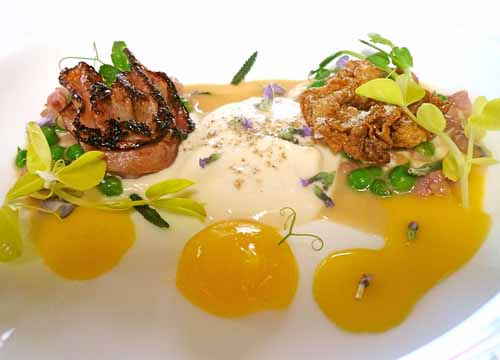



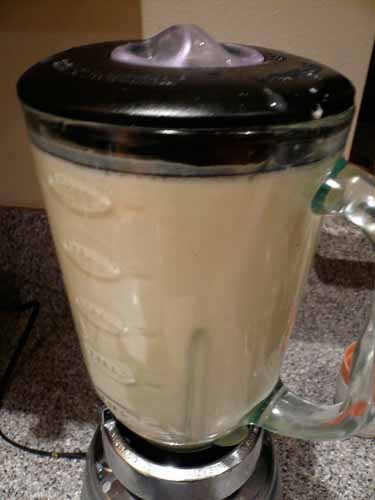
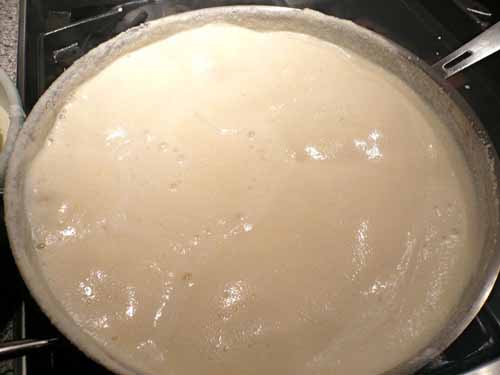
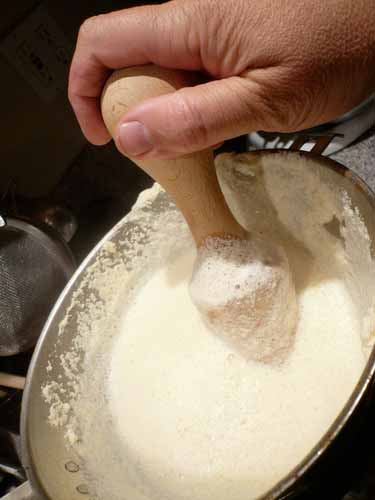
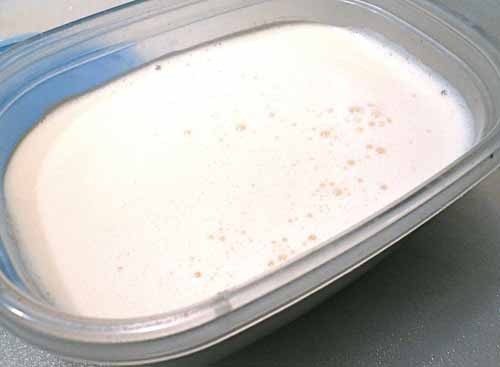
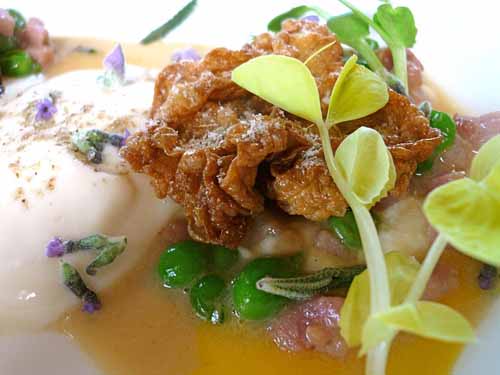
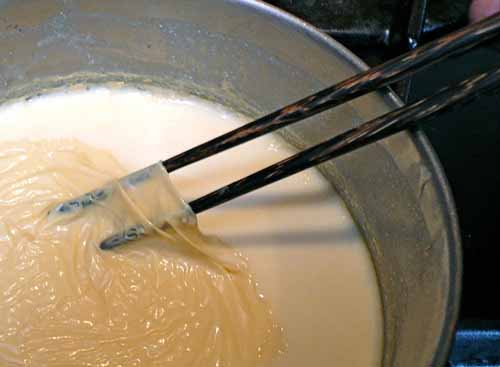
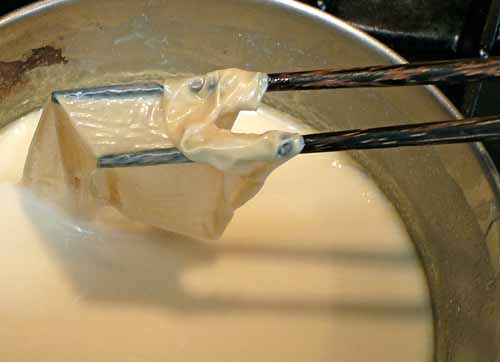
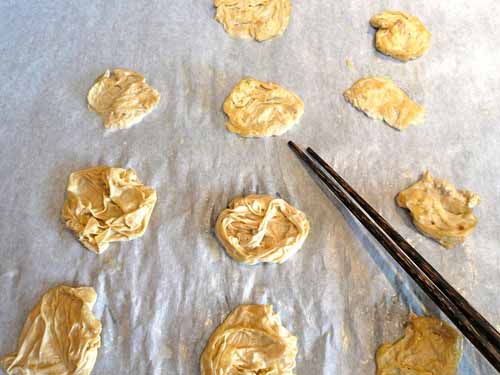
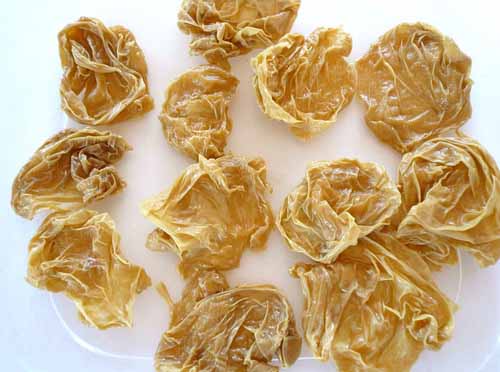

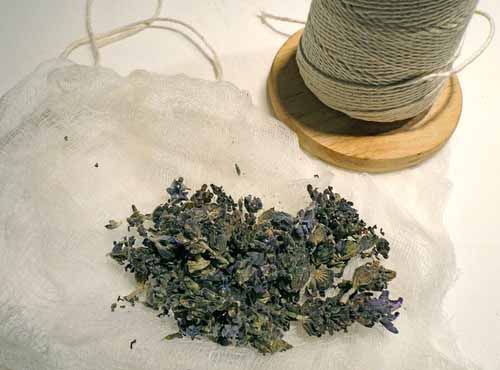
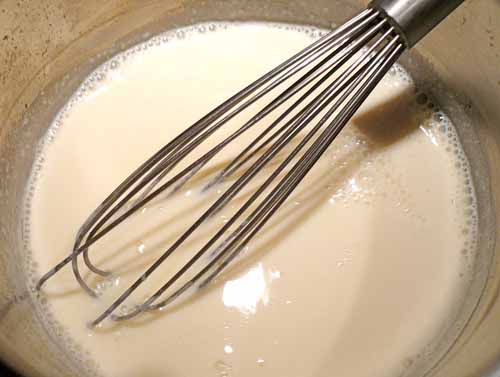

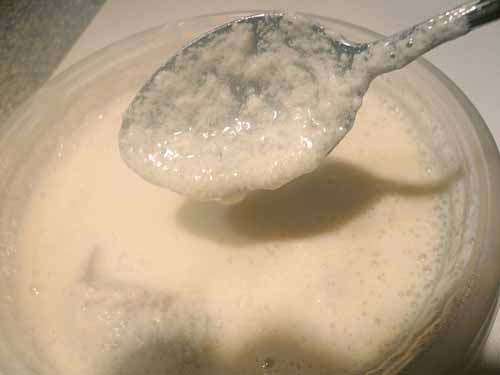

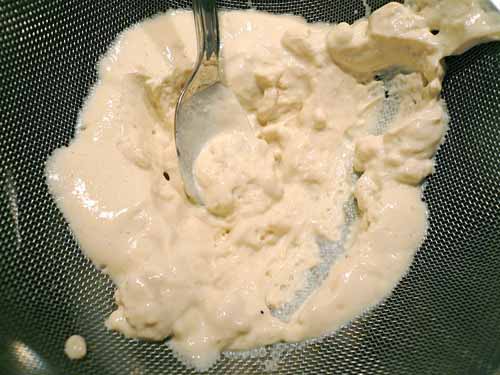
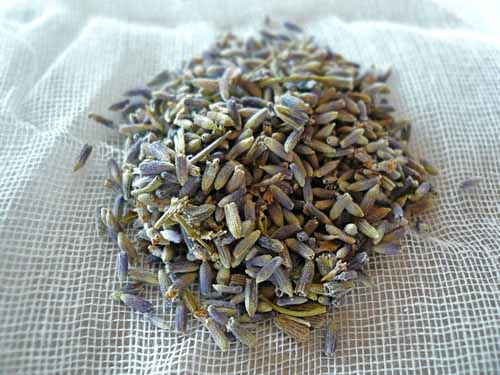

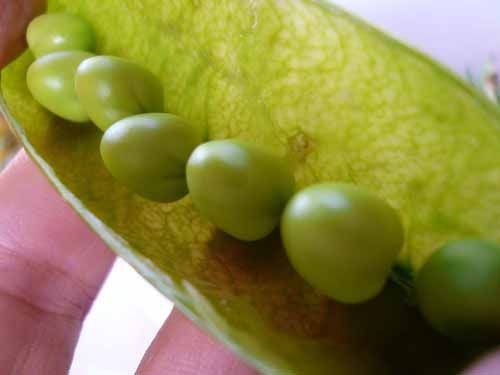
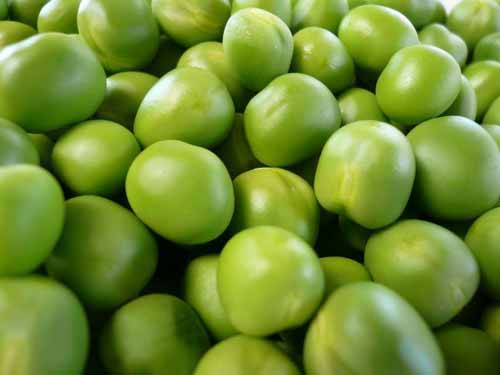

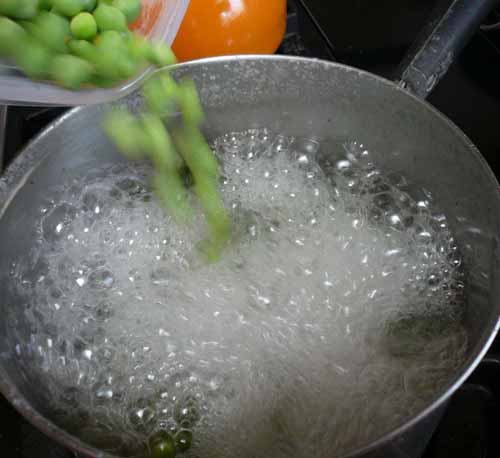
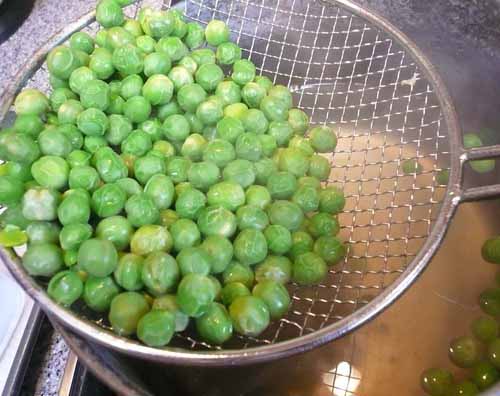

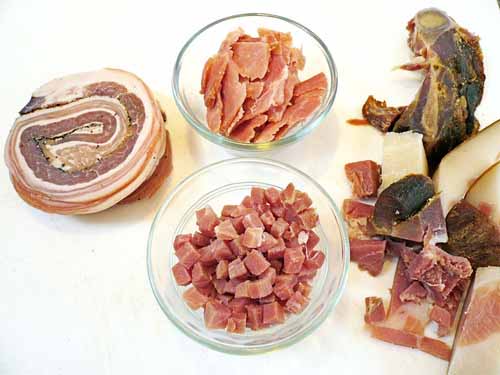
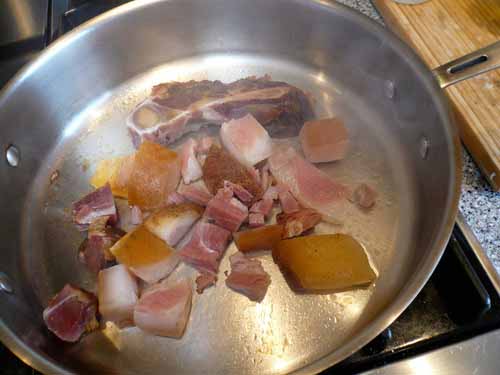
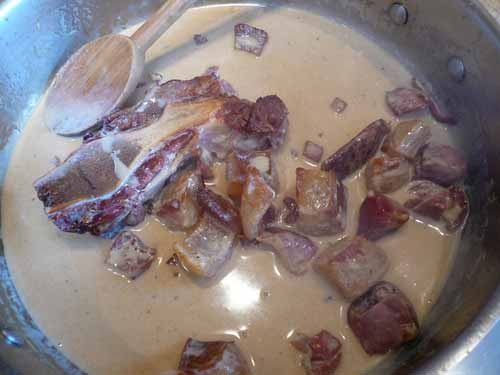
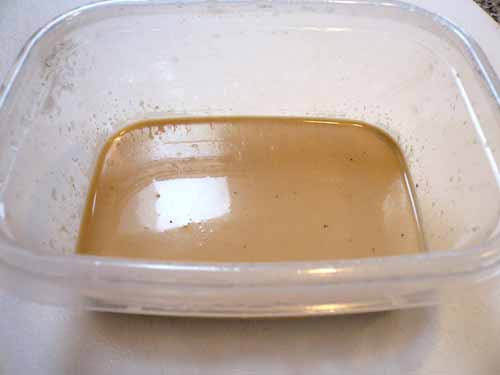
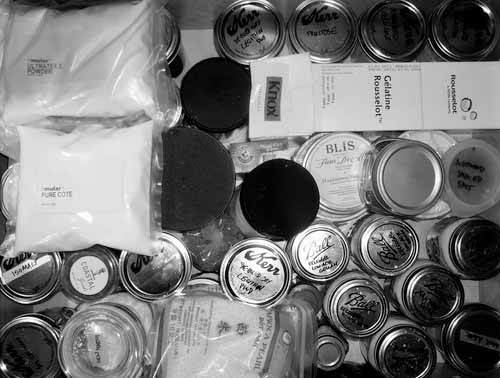

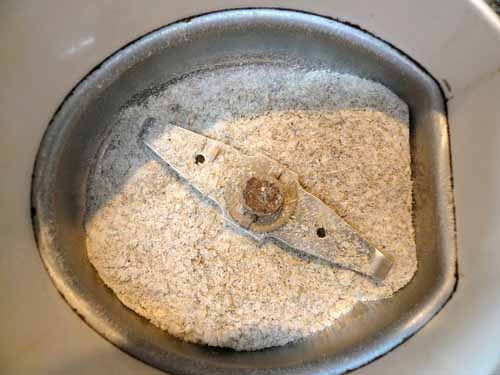
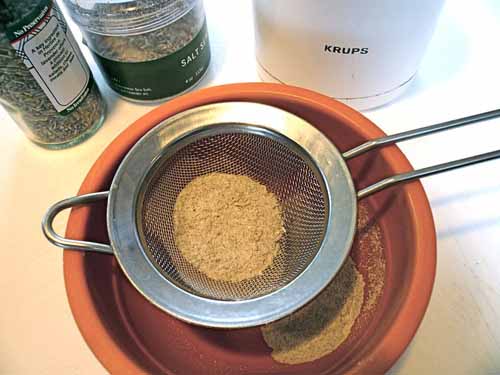
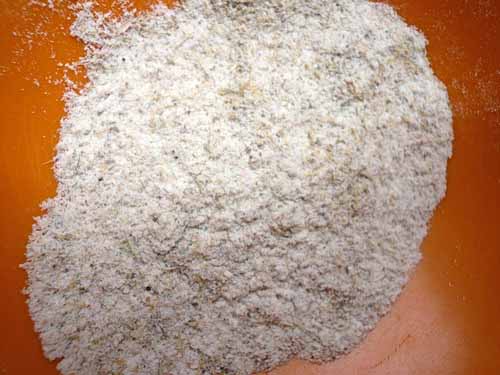
One Response to ENGLISH PEAS, Tofu, Ham, Pillow of Lavender Air (Part 2)